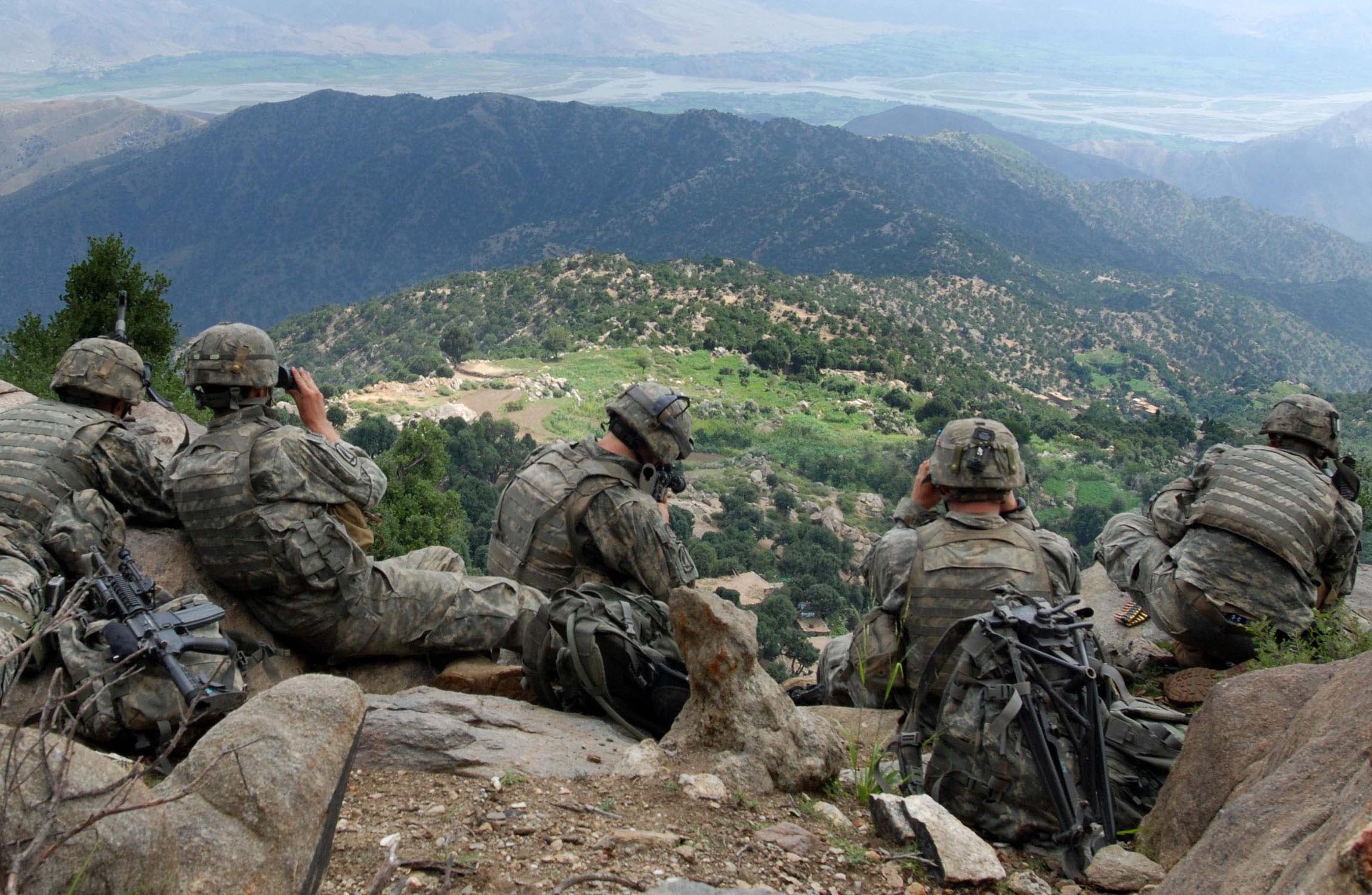The post-9/11 period in American
civil-military relations has proven to be unlike any of its predecessors. In
each of the post-war periods of the 20th century, there was public debate as to
the future role of the military, necessary strategic reforms within the
military, and the proper balance between civilian control and military advice.
This debate has been largely absent this time around.
 In the
aftermath of World War II, the United States was faced with a serious external
threat to its security for the first time since the War of 1812. The birth of
the Cold War ushered in a new era of civil-military relations. Alongside this
was a reform movement within the armed forces. This not only entailed top down
direction, but bottom up refinement.
In the
aftermath of World War II, the United States was faced with a serious external
threat to its security for the first time since the War of 1812. The birth of
the Cold War ushered in a new era of civil-military relations. Alongside this
was a reform movement within the armed forces. This not only entailed top down
direction, but bottom up refinement.
After
the catastrophic failure to accomplish any of the overarching political or
strategic military goals in Vietnam, an activist component within the professional
officer corps emerged, pushing for reform and questioning the competence of the
previous generation. Such debate can be messy, but it sheds light on
organizational problems and opens to floor to those who would bring about
necessary change. This activism was fueled by a society that cared deeply, and
was affected deeply, by the Vietnam conflict.
In the
wars of the post-9/11 era we have seen none of the activism from within, nor
the interest from without. The professional officer corps has been strangely
silent, though we are concluding the longest war in our history and have
suffered immense strategic and political failure. The money (albeit a slightly
smaller amount), keeps flowing, and military leaders are riding the wave of
popularity while avoiding any real scrutiny. Reforms have focused on social
issues and budget cutting, but not on strategic accountability and functional
discourse. The military isn’t learning from its failures, because nobody will
acknowledge them.
 A
healthy civil-military relationship is one that fosters debate between the two
communities in order to maintain accountability within the strategic
leadership, identify reforms when necessary, and breed innovation. Within a
democracy, this cannot and will not happen absent a clear understanding of the
military by the general populace. Such a relationship comes from connectedness.
The growing chasm between the people and the military has effectively allowed
it to run on autopilot, which has, in turn, killed discourse both within and
about the armed forces.
A
healthy civil-military relationship is one that fosters debate between the two
communities in order to maintain accountability within the strategic
leadership, identify reforms when necessary, and breed innovation. Within a
democracy, this cannot and will not happen absent a clear understanding of the
military by the general populace. Such a relationship comes from connectedness.
The growing chasm between the people and the military has effectively allowed
it to run on autopilot, which has, in turn, killed discourse both within and
about the armed forces.
While
there may not be a crisis of American civil-military relations, the current
situation we find ourselves in is one in which the conversations are decidedly
one-sided. Military leadership has no real need to advocate as strongly on its
own behalf, because it is almost always ensured a large degree of support from
law makers. Though the relationship is functional, it is no longer fruitful. A
healthy perception of the military, one in which there is admiration, but
acknowledgment of its faults, helps to keep civilian policy makers skeptical.
This, in turn, forces the organizations to police themselves.
No comments:
Post a Comment